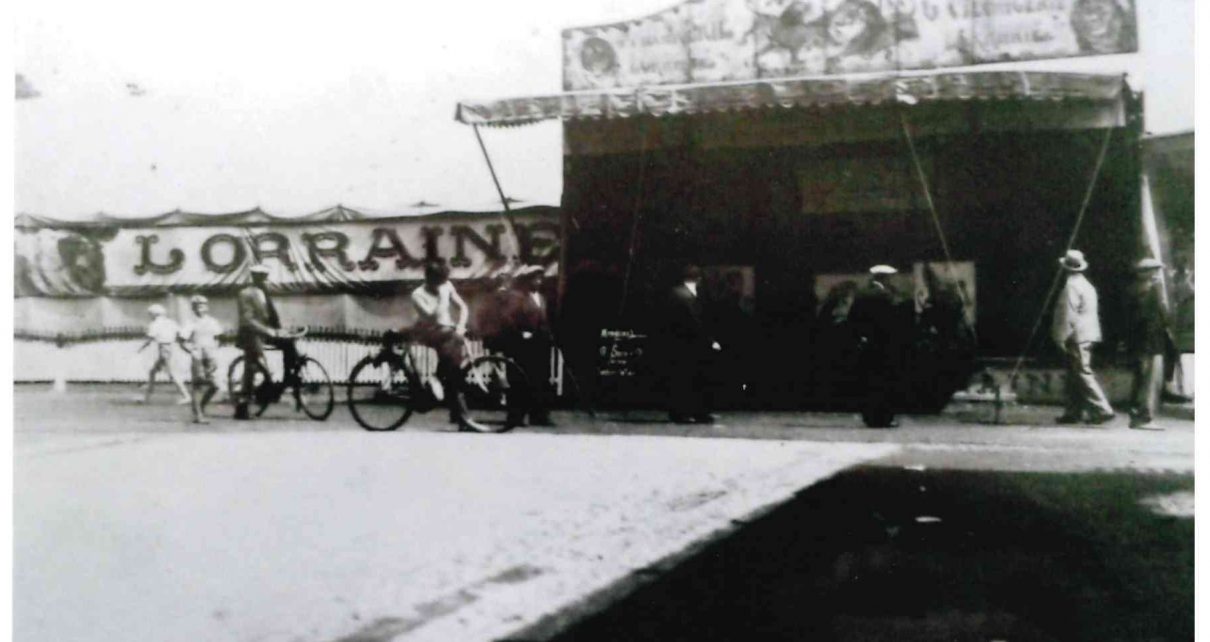Even in times of crises and war, circuses have remained a popular form of amusement. Likewise, in the Nazi era circuses also attracted audiences hungry for entertainment. Moreover, within the Nazi sphere of control in Europe, circuses as cosmopolitan and mobile spheres could also offer refuge to those persecuted by the Nazi Regime and their allies. Circus people thus emerged not only as victims but also as lifesavers and resistance fighters. Restrictive measures against circus people in the 1930s were not, however, limited to Nazi Germany. By the end of the 1930s, the French government had increasingly restricted the mobility of nomadic groups, a restriction which also applied to small circuses. Indeed, even before the Nazi German occupation of France, a decree of the French Ministry of the Interior ordered the internment of all nomadic groups. These internment camps were not all dissolved upon France’s liberation in autumn 1944. The complex picture is rounded out by the observation that there were circus directors who benefited from Nazi politics. In the Nordic countries, too, circuses emerged as pockets of cultural diversity, thus providing refuge to foreigners deemed racially or politically undesirable by the Nazi regime. Despite the significance of this multi-faceted history, we have only scant information about the fates of circus people before, during and after WWII.


